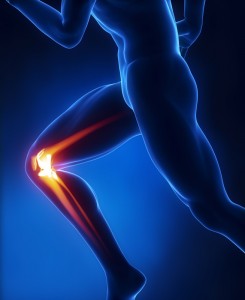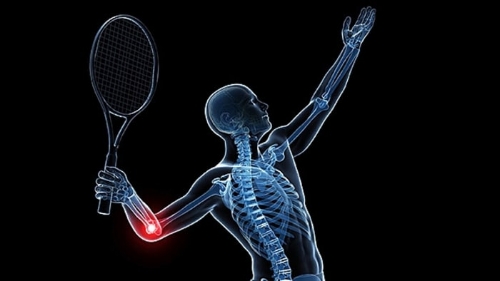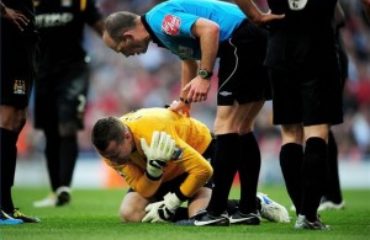Patella realignment surgery is an effective means of stabilizing the knee joint. Patellofemoral pain and instability are difficult to treat. Occasionally, the thigh muscles can be retrained and strengthened to stabilize the patella through physical therapy. Many orthopedic surgeons will order a knee brace to centralize the kneecap and prevent pain and other symptoms
The patella (also called the kneecap) is a bone that fits into the groove at the end of the femur (thighbone). The patella will move up and down in this grove when the knee bends and straightens, which is known as patellar tracking or malalignment. This causes instability, stiffness, and sometimes, pain. Normal patellar tracking occurs when the patella sits in the center of the femur and does not move side to side.
If the patella has any lateral (side) or outward force, it cannot move in the normal fashion, and this leads to a feeling of  instability, stiffness, and sometimes, pain. When there is severe malalignment, the patella can dislocated and pop out at the side of the knee. This usually occurs following trauma or a serious injury. If the ligaments around the patella become damaged from trauma, recurrent knee instability occurs.
instability, stiffness, and sometimes, pain. When there is severe malalignment, the patella can dislocated and pop out at the side of the knee. This usually occurs following trauma or a serious injury. If the ligaments around the patella become damaged from trauma, recurrent knee instability occurs.
Types of Patella Realignment Surgery
Arthroscopic lateral release – Patella realignment surgery can be done through a simple procedure called an arthroscopic lateral release. With this surgery, small incisions are made around the patella so the orthopedic surgeon can insert a flexible tube and camera (called an arthroscope) inside the region to make necessary repairs. The tight lateral ligaments are cut and the patella is centrally positioned.
Lateral release with combined medial reconstruction – For some patients, the medial (inner) soft tissues are not strong enough to hold the patella in position. This is usually due to repetitive damage to the tissues, which leads to stretching and loss of function. For these situations, the soft tissues must be reconstructed and re-enforced. This is a lateral release with combined medial reconstruction, which requires a hospital stay of two to three days.
VMO advancement – Many surgeons combine the lateral release with a double breasting (reefing) procedure, which focuses on the weak medial knee structures along with some of the quadriceps muscles (VMO advancement). By releasing the lateral aspect of the patellar tendon, positioning it centrally, and reattaching it to the tibia (lower leg bone), the kneecap has a better chance of stabilizing. For some patients, the surgeon needs to move the bony aspect of the patellar tendon to allow it to sit in the center of the femur. The bone will be set with screws for fixation.
Reconstruction of the medial patellofemoral ligament (MPFL) – The medial patellofemoral ligament (MPFL) reconstruction procedure is done when the patella fully dislocates and the MPFL is weakened, stretched, or ruptured. This surgery is similar to ACL reconstruction, with the hamstring tendon being used to bind the patella to the inside of the femur. This decreases the chance of the kneecap being forced outward.
Tibial tubercle transfer – In some cases, the patella stability is not achieved with simple lateral release or realignment surgery. The bony attachment of the patellar tendon is called the tibial tubercle, which must be moved surgically toward the inside aspect of the knee. This is done during a tibial tubercle transfer.
Candidates for Lateral Release
With patellar malalignment, the patella is pulled to the outer aspect of the knee. The orthopedic specialist will examine the patient to determine the cause of the problem and diagnose patellar maltracking. The lateral release procedure works best for patients with excessive patellar tilt. The tilt is the angle of the patella, which is tilted by a tight retinaculum in some cases. For other people with patellar subluxation, the kneecap is positioned outside of the normal groove.
After the Surgery
After the patellar realignment procedure, the patient must wear a brace for 8 to 12 weeks. Physical therapy is i mportant for recovery. The patient sees a physical therapist to learn strengthening exercises and movements that help with rehabilitation.
mportant for recovery. The patient sees a physical therapist to learn strengthening exercises and movements that help with rehabilitation.
Complications
- A painful prominence of the shin bone
- Overcorrection of the patellar malalignment
- Blood clot
- Infection
- Persistent pain or pain with kneeling
- Recurrent instability
- Recurrent dislocation
- Nerve or vessel damage
- Osteoarthritis



